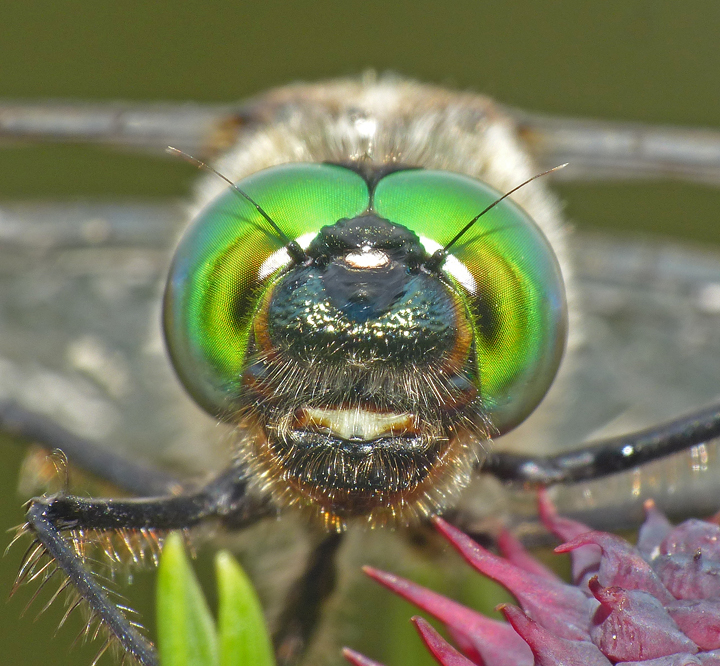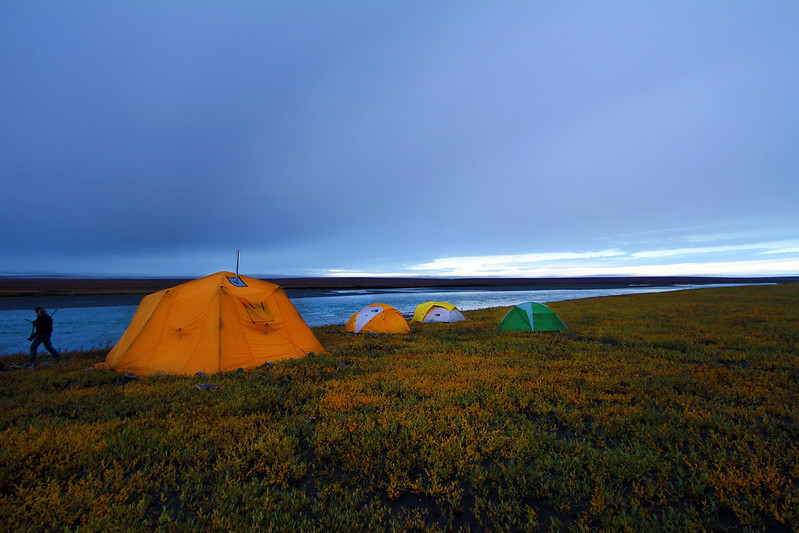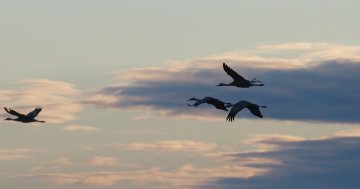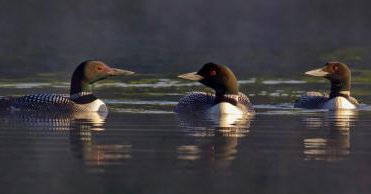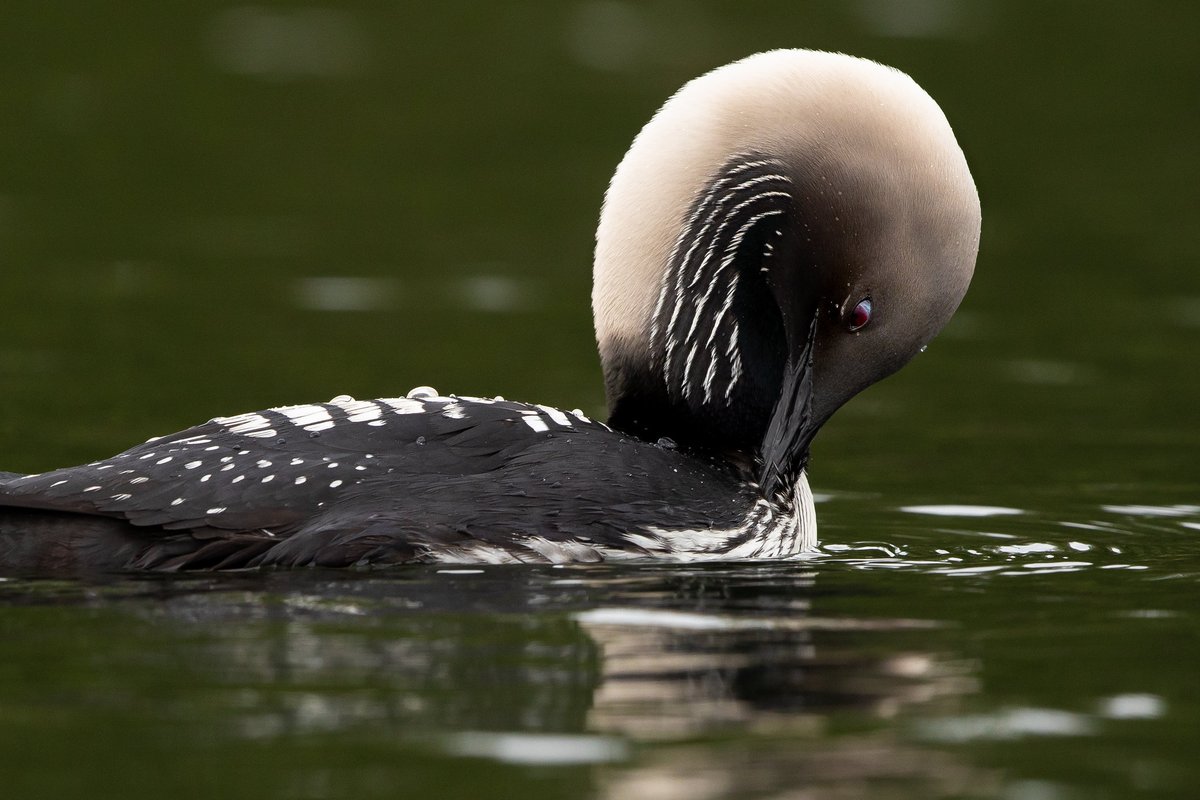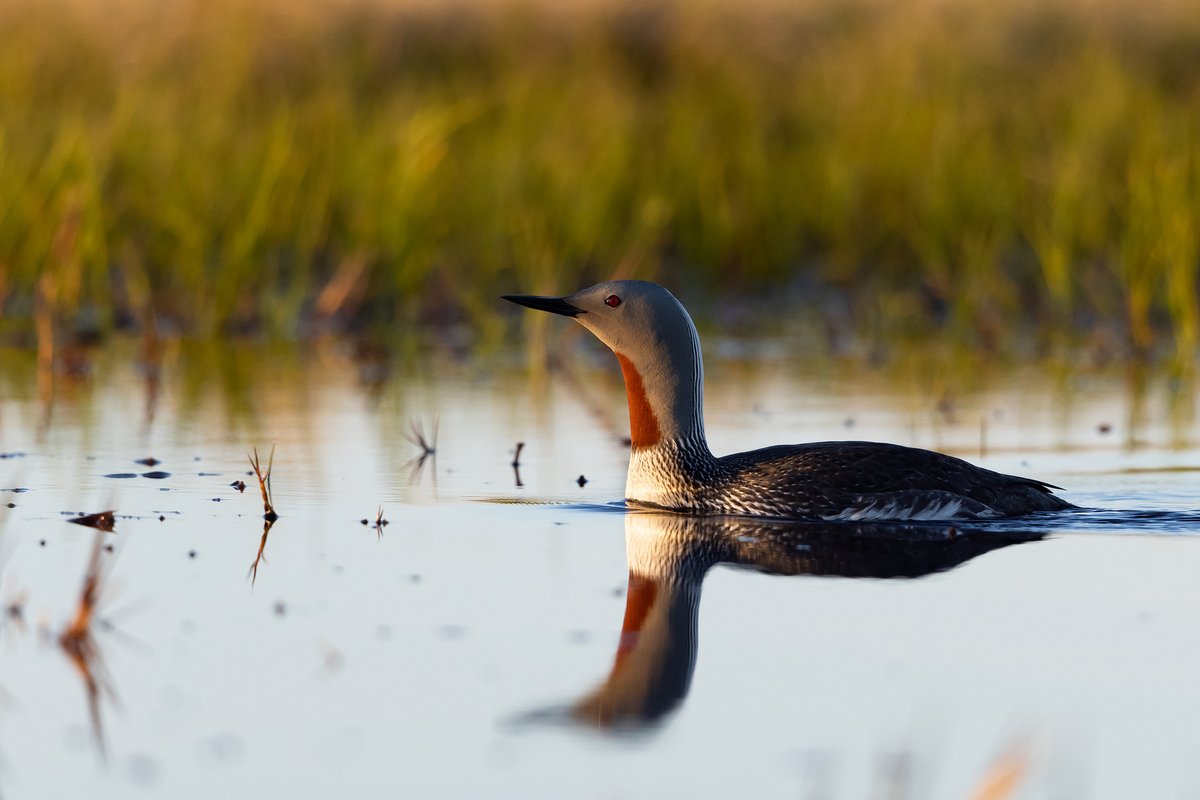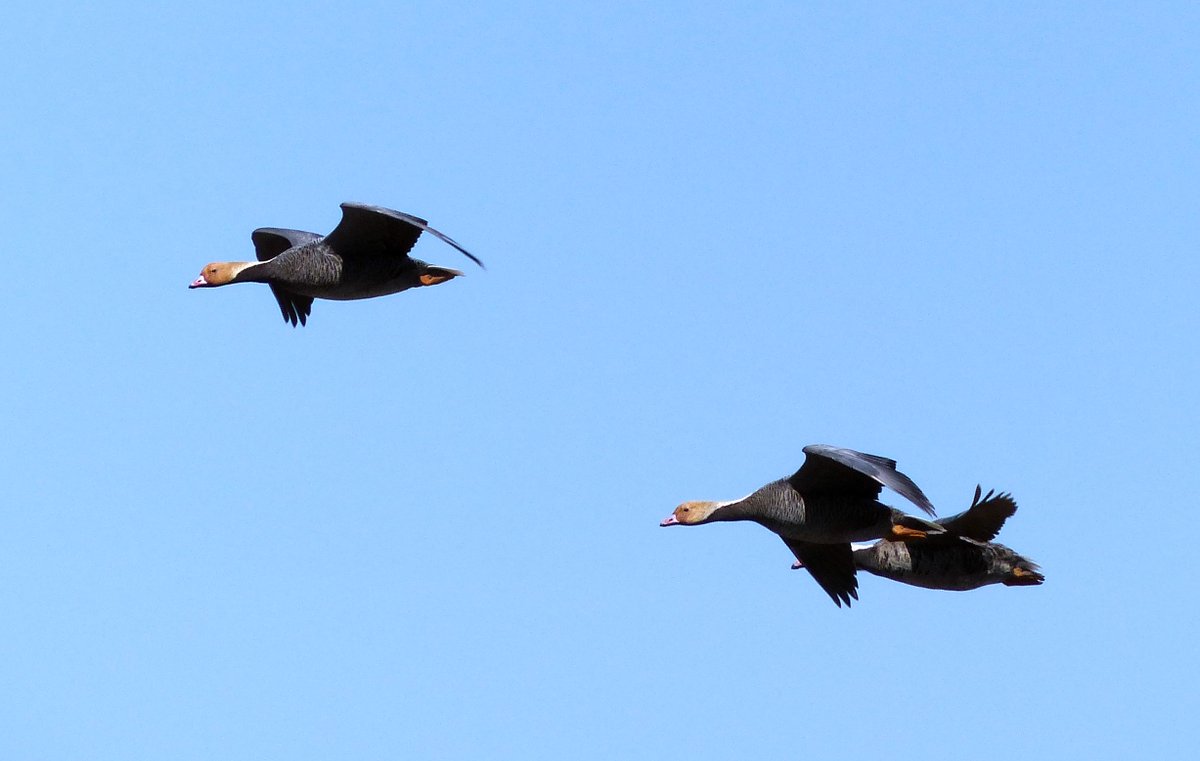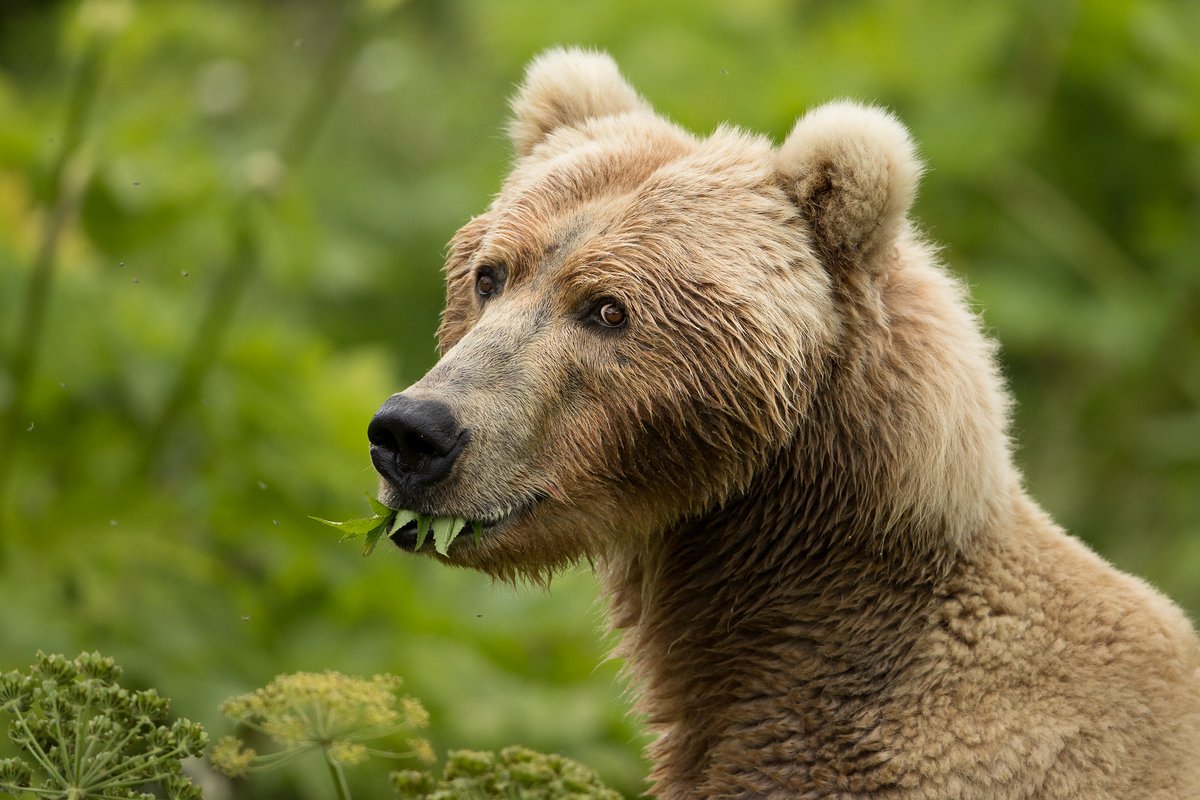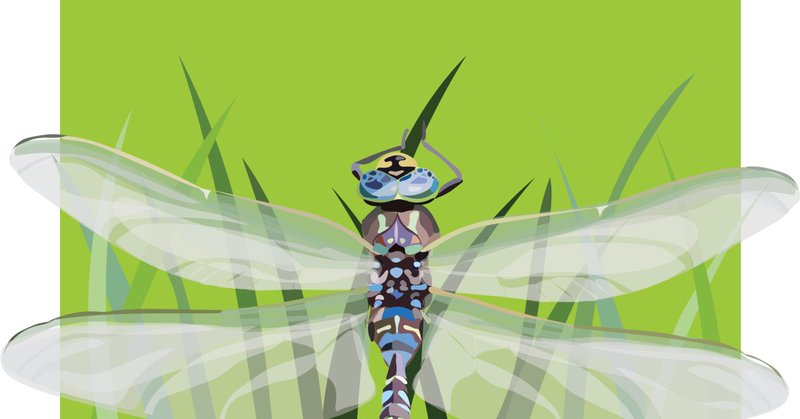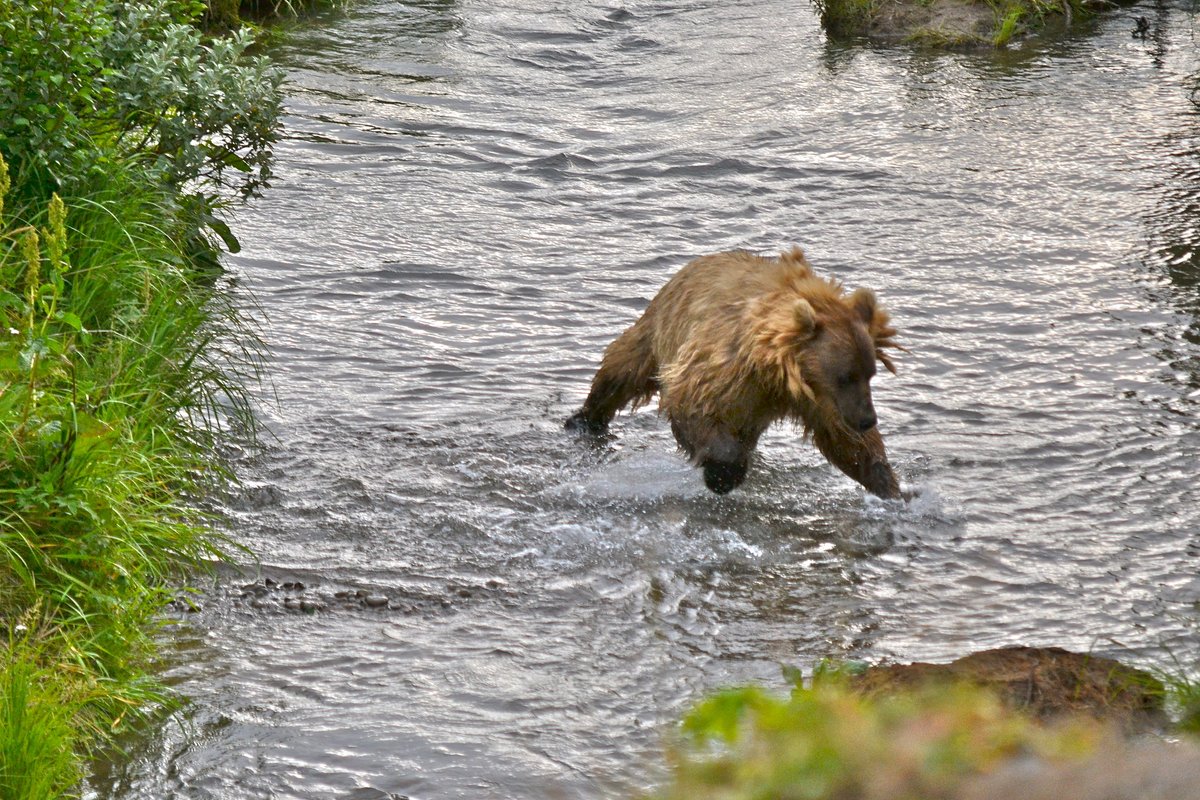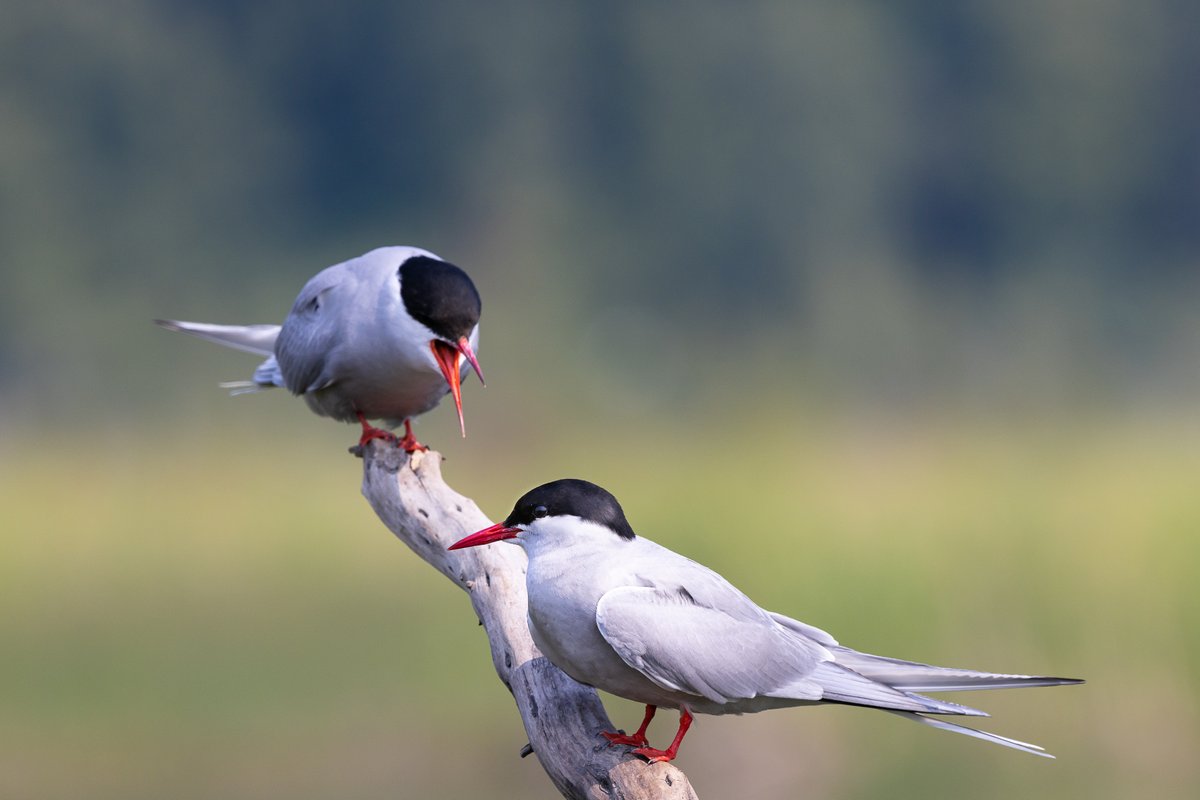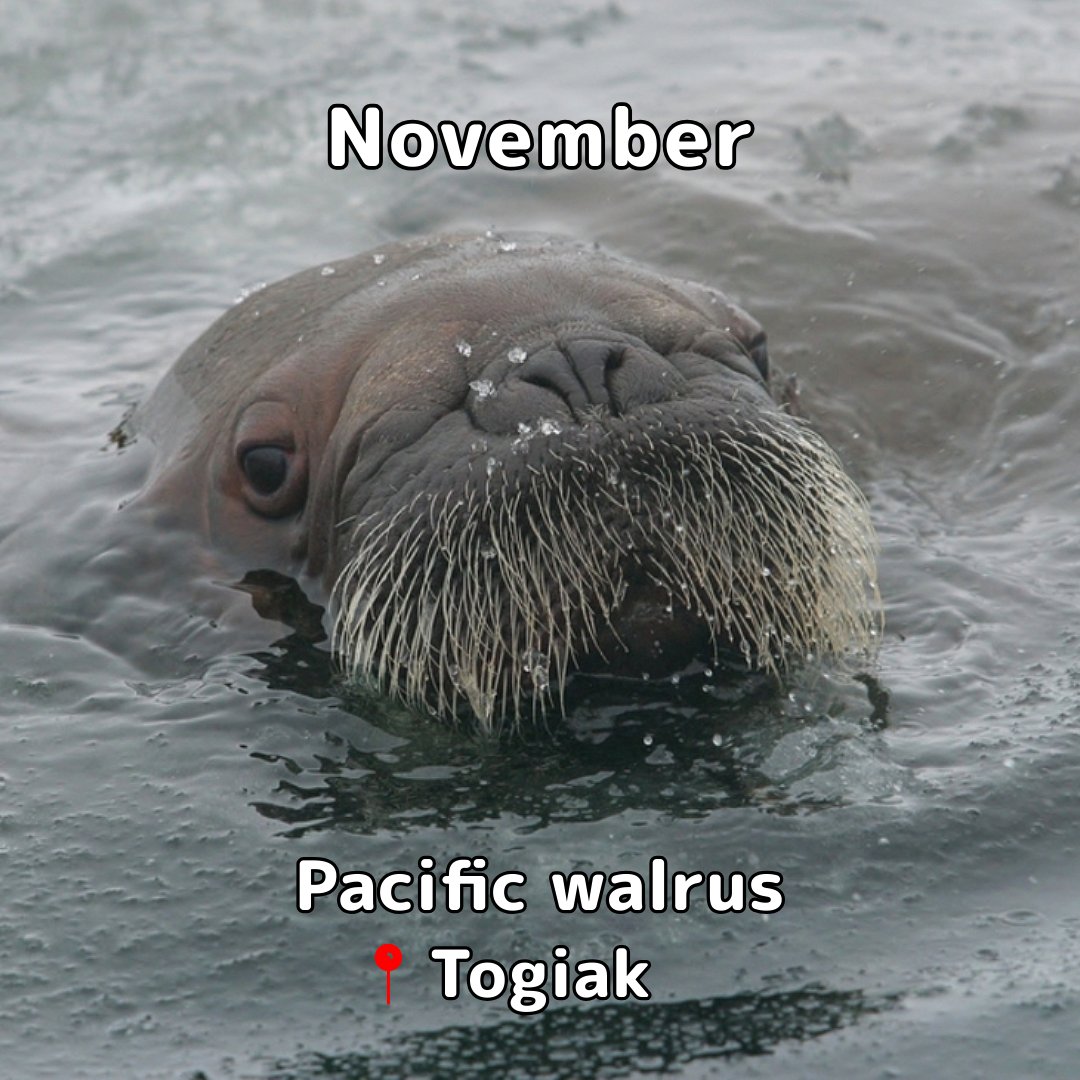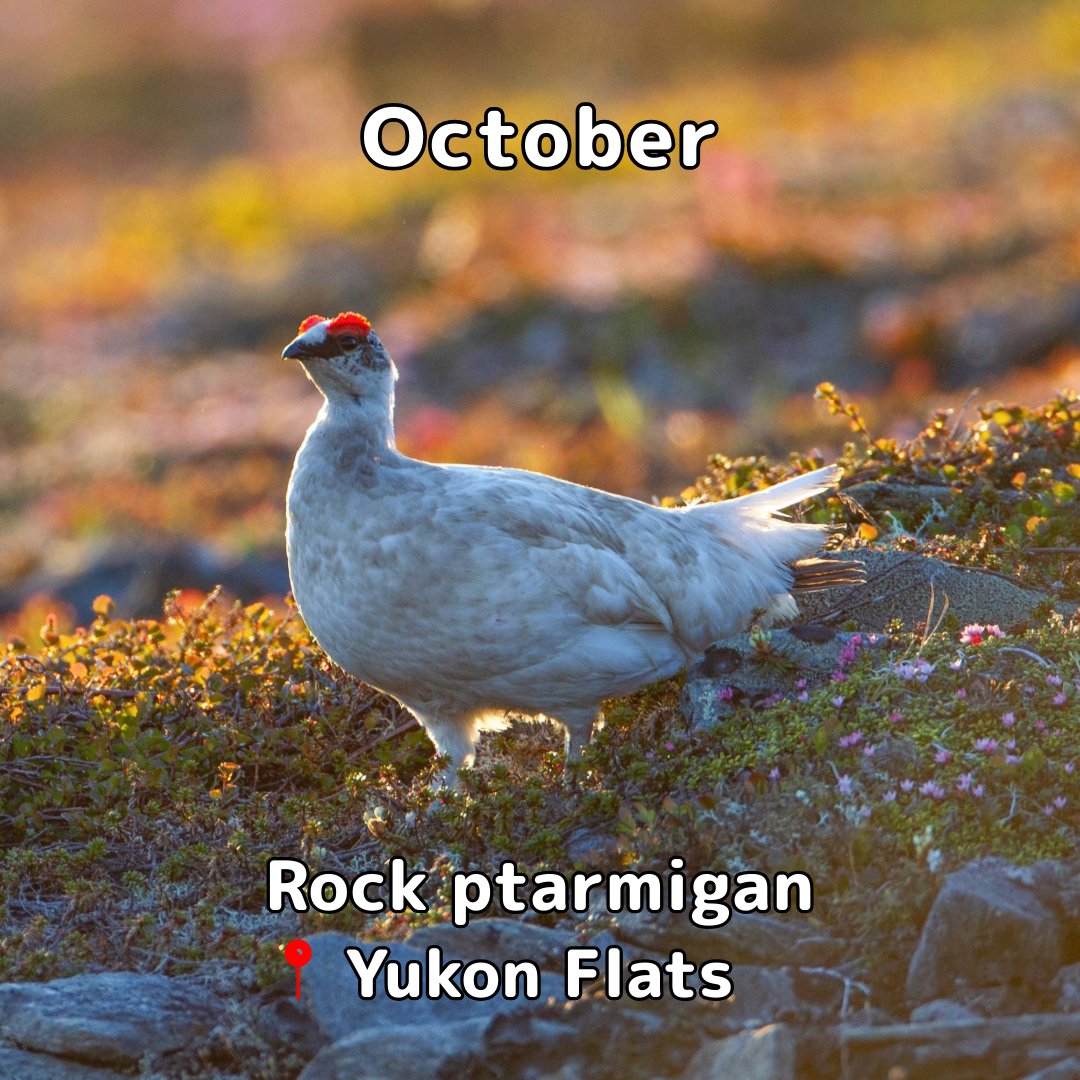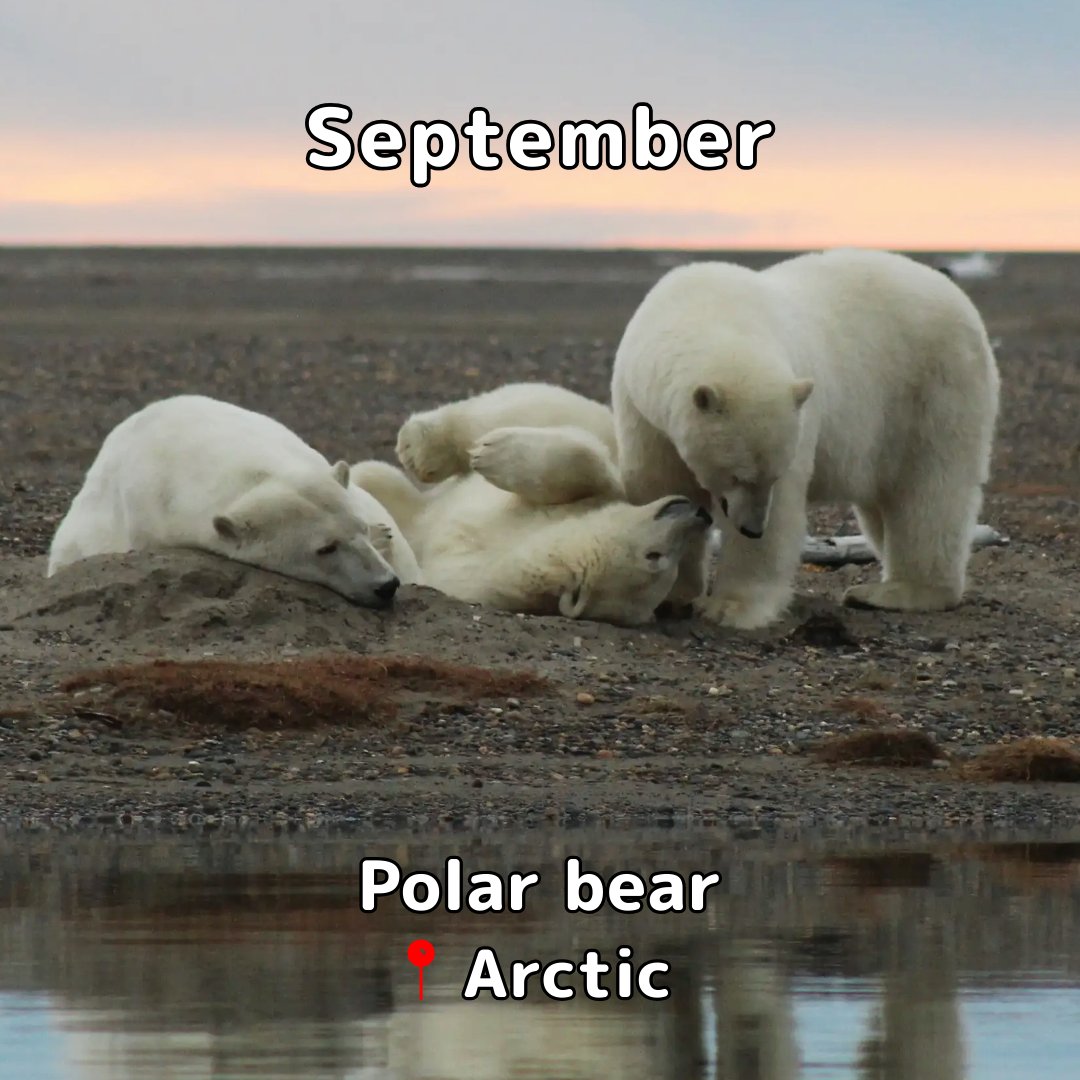
USFWS Alaska
@USFWSAlaska
Followers
6K
Following
4K
Media
3K
Statuses
7K
U.S. Fish & Wildlife Service - Alaska Region. We are shared stewards of world renowned natural resources and our nation’s last true wild places.
Alaska
Joined June 2009
Disturbances to its breeding environment like pesticides, oil spills, and net entanglement post risks to these sensitive aquatic birds. 🔗 Tour the last large city in North America where loons nest & produce offspring
storymaps.arcgis.com
Tour the last large city in North America where loons nest and produce offspring
0
0
0
What doesn’t rhyme with loon? Lead and not properly discarding fishing line. One sinker can kill a loon. They can ingest fish attached to a broken a line or attached tackle. They might mistake lead weights for small stones that they eat to help digestion. 📷 Pacific loon, USFWS
Loon rhymes with * SWOON * 😍 Meet the Red-throated loon in summer plumage! This bird breeds in Arctic lakes. They can be spotted along ocean coastlines in late fall to early spring. Unlike other loons, they can take off from land. 📷 USFWS
1
1
1
Learn more about how dragonflies and damselflies transition from aquatic nymphs to aerial hunters:
fws.gov
“Today I saw the dragonfly…He dried his wings: like gauze they grew; Thro’ crofts and pastures wet with dew. A living flash of light he flew!”—The Dragonfly, by Alfred Lord Tennyson
Kanuti Refuge in Alaska is a 1.6 M-acre wetland haven for 26 documented dragonfly species! More in store at Virtual Youth Fish & Wildlife Club on April 9: Dragons & Damsels Take Flight!. ➡️🔗 Video Description: A damselfly eats a mosquito.
1
1
4
RT @USFWS: Not your average songbird. Northern shrikes are feathered assassins, turning treetops into hunting perches. They use their bill….
0
23
0
RT @USFWS: Home tweet home 💕 In spring and summer, this Savannah sparrow lives among southwestern Alaska's Yukon Delta Refuge. Despite 50%….
0
37
0
Are we there yet? Arctic terns can migrate 55k mi. yearly— the longest migration of any bird. Join 🌎 🪶Join the @usfws Virtual Youth Fish & Wildlife Club on Weds., 3/19 for "Marvelous Migrations." Perfect for nature-loving kiddos. Every week until 4/30! 🔗⬇️. 📸 USFWS
1
0
3

